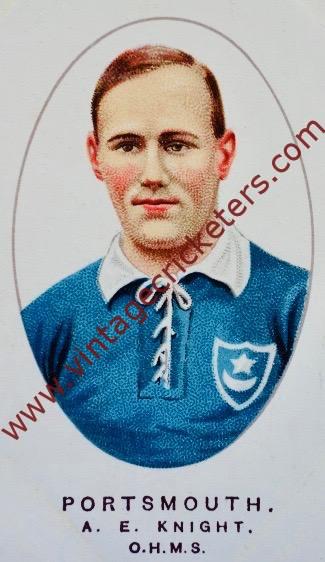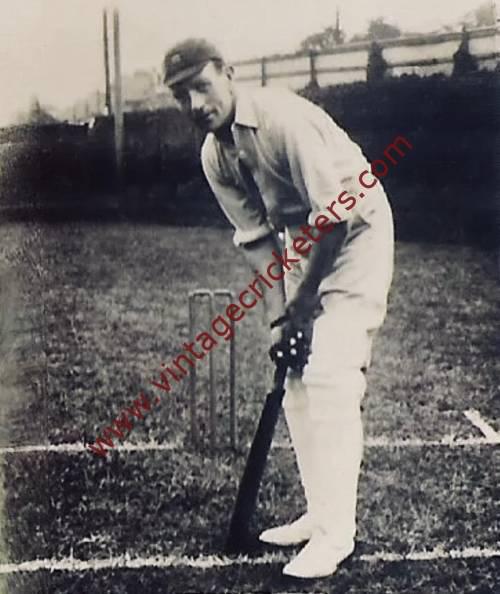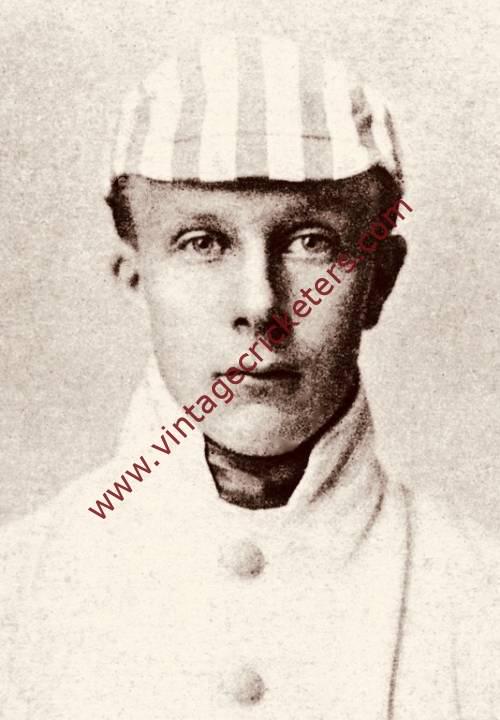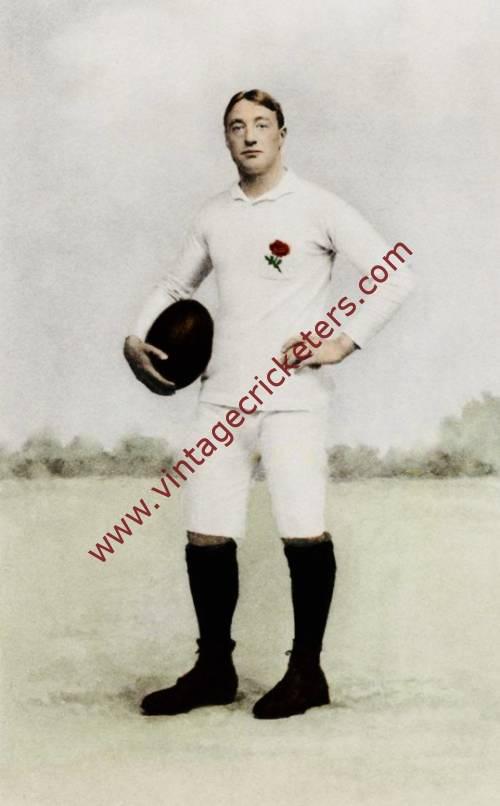Please choose your photo size from the drop down menu below.
If you wish your photo to be framed please select Yes.
Note: 16″x 20″not available in a frame.
Images can also be added to accessories. To order please follow these links
£8.95 – £49.95
Please choose your photo size from the drop down menu below.
If you wish your photo to be framed please select Yes.
Note: 16″x 20″not available in a frame.
Images can also be added to accessories. To order please follow these links
The maximum number of views of this element is reached.
Please contact the webmaster to enable unlimited views.
Linton, Kent born Wykeham Stanley Cornwallis, the 2nd Baron Cornwallis, was educated at Eton before going on to the Royal Military College, Sandhurst in 1910.
He was a Lieutenant with The Royal Scots Greys, and at the start of the First World War the Greys mobilised and immediately departed for France, arriving on 17th August 1914. Cornwallis served with A squadron initially, first engaging the enemy on 22nd August near Mons. He fought in the Battle of Mons and the subsequent retreat, during which his horse White Knight was killed. In mid September 1914 Cornwallis was wounded whilst advancing at the First Battle of the Aisne. He was evacuated to England, rejoining his unit in December.
During 1915 Cornwallis was trained in the use of trench mortars and was appointed Bombing Officer. He saw action at the Battle of Neuve Chapelle in March and at the Second Battle of Ypres in April. In early 1916 the Greys were serving near Vermelles when Cornwallis was awarded the Military Cross for leading bombing arrangements whilst under heavy fire following the explosion of a mine at the front line. He was promoted to acting Captain in late 1916 and later saw action in the Battle of Arras in 1917 before taking command of C squadron after its commanding officer was wounded.
In the autumn of 1917, Cornwallis was attached to 5th Cavalry Brigade headquarters, with his promotion to Captain being confirmed on Christmas Day 1917. In July 1918 he was promoted to General Staff Officer Third Grade and served as a staff officer for the remainder of the War. After the Armistice he served with the General Staff in Belgium and was appointed as Aide de Camp to Field Marshall Haig before being Mentioned in Dispatches in July 1919.
Cornwallis was serving under Field Marshall Haig when he played in a charity cricket match, taking a hat-trick. He was later invited by C.H.B. Marsham to play for Kent against Sussex in the 1919 County Championship. Cornwallis, who had not played cricket since school, initially laughed off the invitation but was told by Haig to accept, being told it was “one of those things you have got to say you have done once, Cornie”. He took a wicket in the match and went on to play several more times for Kent in 1919. Cornwallis was 27 when he made his first-class debut for Kent and, although he was “a genuinely fast bowler” his body was unable to withstand the rigours of consistent bowling.
Cornwallis played first class cricket fairly regularly for Kent between 1919 and 1923 as well as making one appearance for The Army in 1920. He was capped by Kent in 1923 and captained the side, taking over from Lionel Troughton, after his retirement from the Army between 1924 and 1926, playing much more regularly during this period. In total he made 105 first class appearances for the County, taking 118 wickets at 32.45 apiece with a best performance of 6-37 against The West Indians at Canterbury in 1923.
During his three years as Kent captain he was only able to bowl 560 overs, although his leadership abilities were strong enough to see the County to top-five finishes in the County Championship in each season. He was also considered a “good field” although “not normally regarded as a batsman”. His highest score of 91, his only half century, was made against Essex at Canterbury in 1926, and he averaged 11.75 with the bat. This was his final year as captain and his last playing first class cricket. He remained associated with Kent and was President of both the County club and the M.C.C. in 1948.
Vintage Cricketers was founded in July 2019. There are more photographs of this cricketer in the Vintage Cricketers library, which are due to be loaded in due course. In the meantime, please send a message to us using the contact form at the bottom left of this page and we can arrange to prepare and publish all images of this cricketer if you have a particular interest in him.
| Weight | N/A |
|---|



